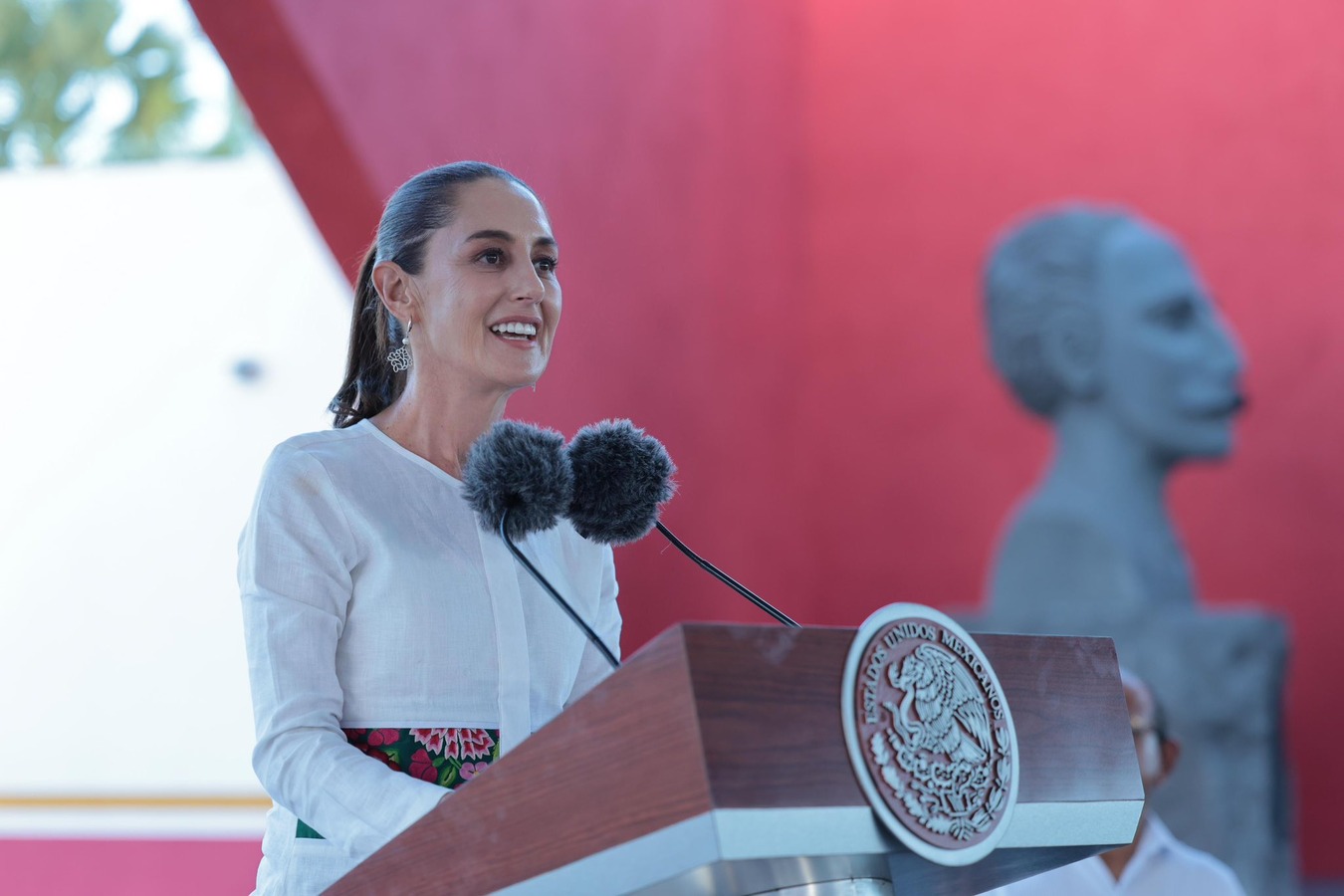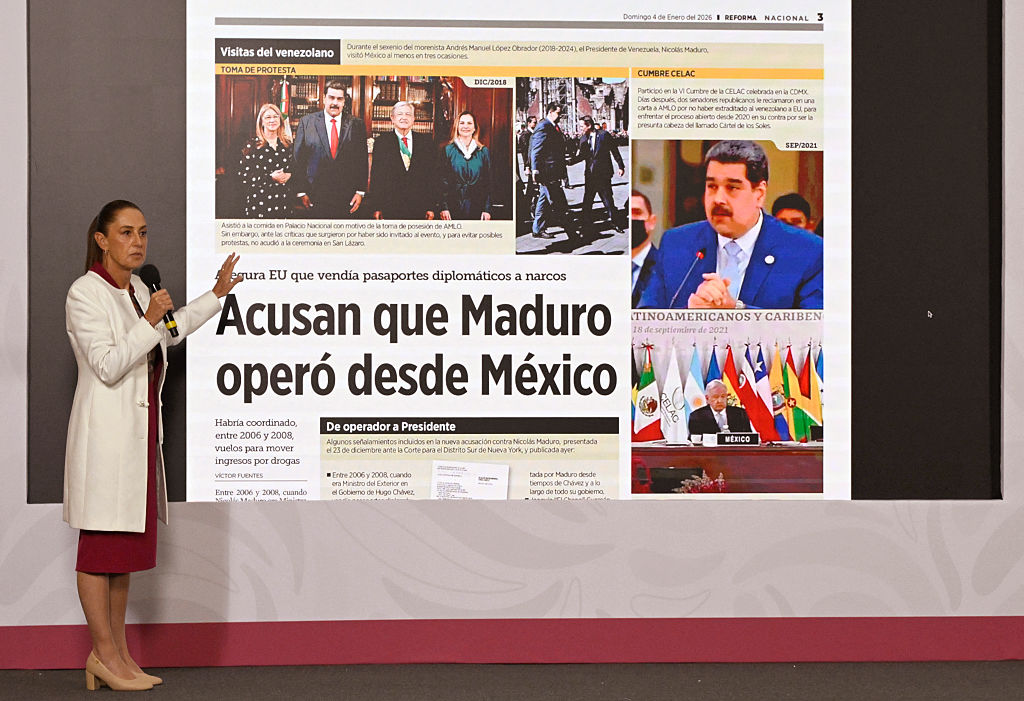Financing Climate Change Adaptation in Latin America
Financing Climate Change Adaptation in Latin America
As droughts, extreme weather events, and water insecurity affect Latin America, the panelists described how the private sector can be part of the solution.
Speakers
- Reina Irene Mejía Chacón, Executive Vice President at the Inter-American Development Bank
- José Daniel Madrigal, Economics Specialist at the Honduras Resident Coordinator's Office of the United Nations
- Laura Segafredo, Global Head of Sustainable Research, ETF and Index investments at BlackRock
- Brian Winter, Vice President for Policy, AS/COA; Editor-in-Chief, Americas Quarterly (moderator)
"We are not spending enough on adaptation. We are not moving quickly enough on mitigation," said Laura Segafredo of BlackRock during an Americas Quarterly's panel entitled "Financing Climate Change Adaptation in Latin America." The event served as the launch of AQ's new special report, “California Dreaming,” which looks at how summit leaders can forge solutions for regional challenges such as climate change, migration, and social inclusion.
To mitigate climate change's worst impacts, all actors must work together, the panelists agreed. They discussed each sector's role and struggles. "Regarding civil society, I also think there are challenges in there because many times they lack the technical and financial capacity to execute adaption projects, despite possessing local knowledge which would be really invaluable for all these efforts," explained José Daniel Madrigal of the Honduras Resident Coordinator's Office of the United Nations. As a result, he believes there needs to be more harmony between local, regional, and global agendas regarding climate solutions and private-public partnerships.
Madrigal also noted informality is another issue affecting Latin America's ability to create climate adaptation. Similarly, Reina Irene Mejía Chacón of the IDB believes cultural changes need to occur in the labor force to generate climate resilience.
One solution specifically discussed to combat climate change in Latin America were green bonds. The green bond market has grown to be worth more than $1 trillion in the last 12 years, stated Segafredo, and countries like Chile have already used the tool to finance climate adaptation efforts.








